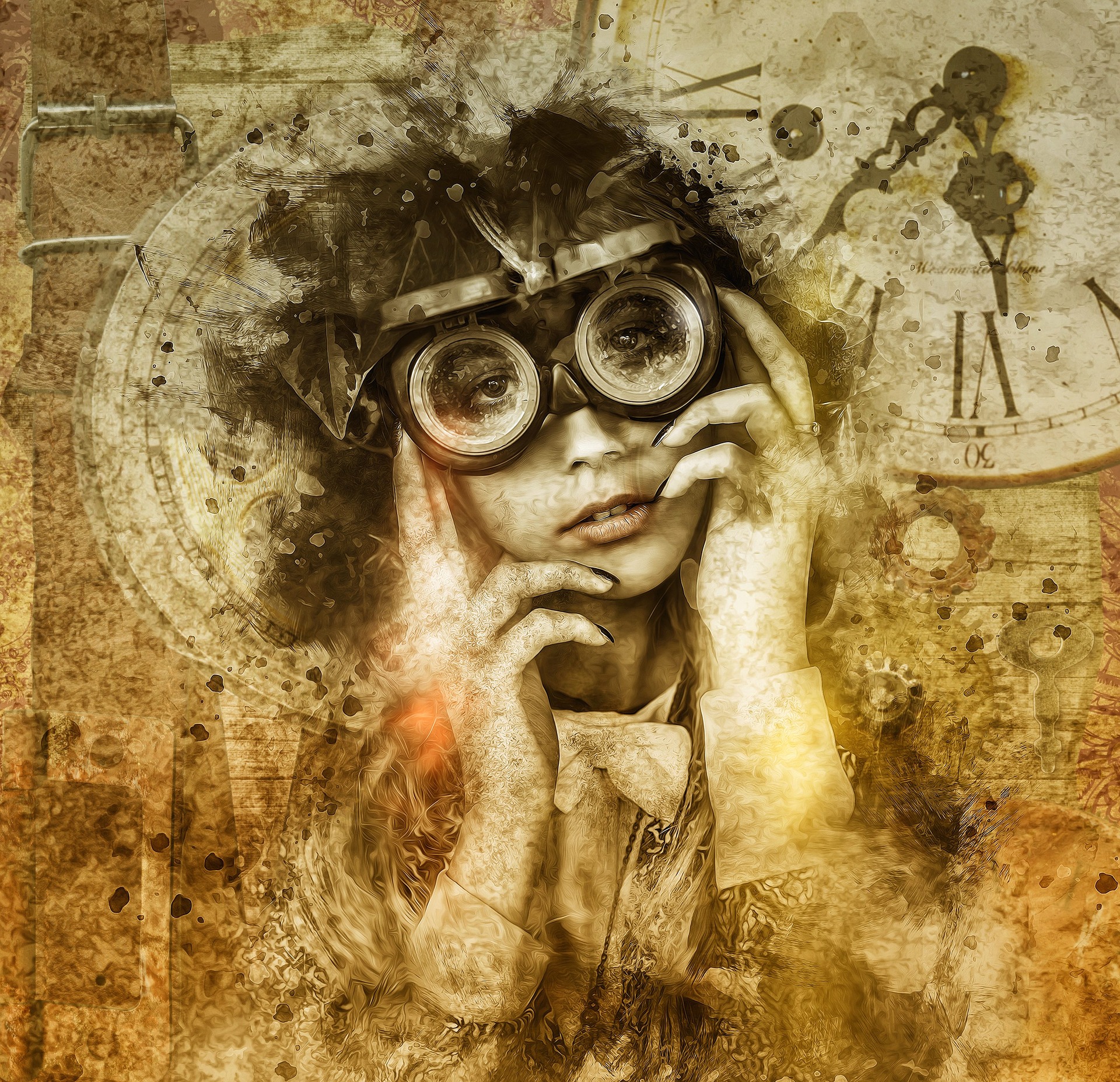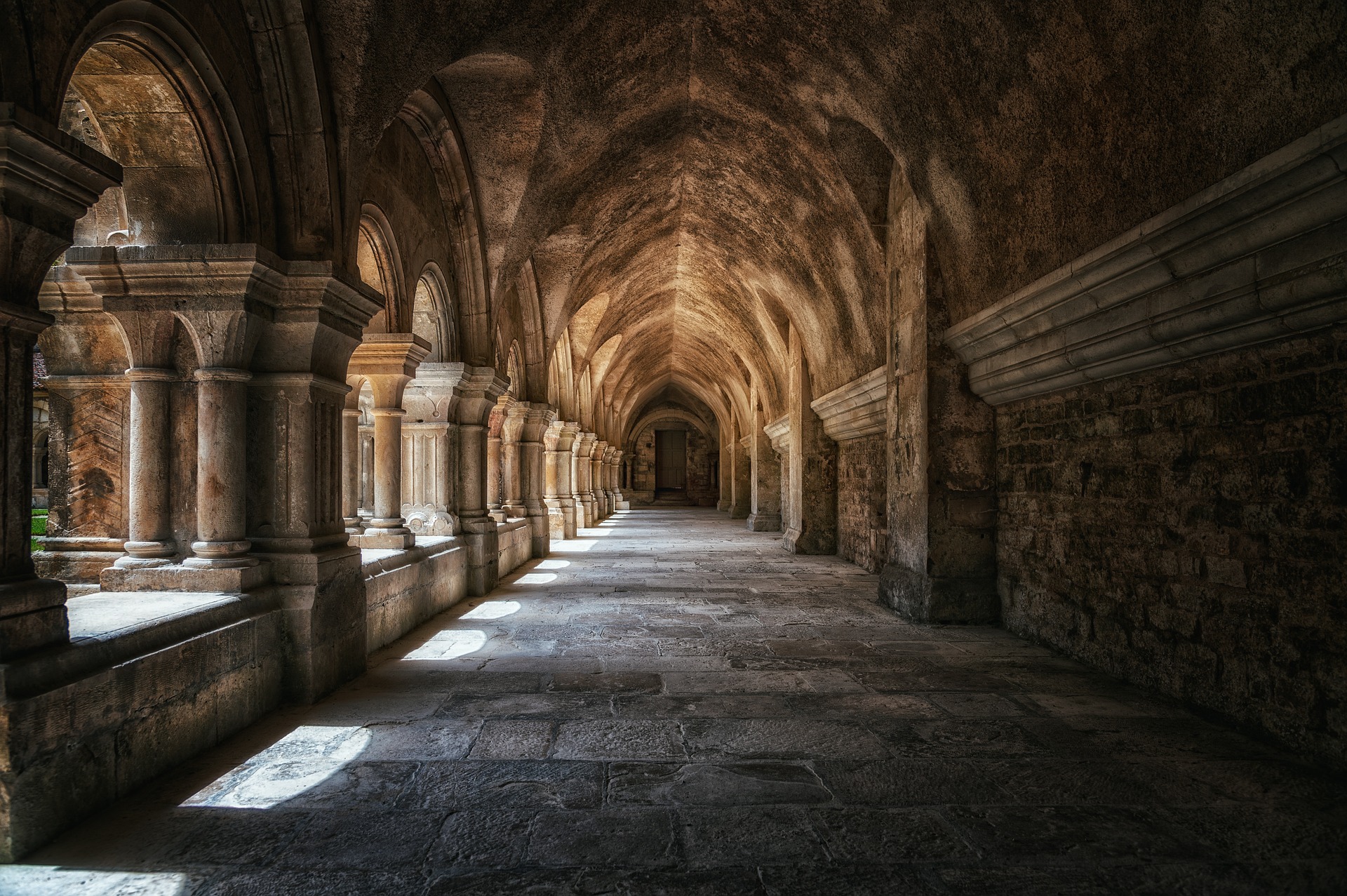Introduction:
In the vast tapestry of art history, there are countless forgotten artists and art movements that have slipped through the cracks of time. These hidden gems, buried beneath layers of obscurity, hold the power to captivate us with their unique perspectives and revolutionary techniques. In this article, we embark on a journey of rediscovery as we delve into lost art movements and shine a light on the artists who once defied conventions, pushing the boundaries of creativity and self-expression.
Part I: The Rise and Fall of the Neo-Surrealists
The Surrealist movement of the early 20th century, led by pioneers such as Salvador Dalí and René Magritte, captivated the world with its dreamlike imagery and exploration of the subconscious. However, a lesser-known offshoot, the Neo-Surrealists, emerged briefly in the 1950s, embracing a more mystical and esoteric approach.
The Neo-Surrealists sought to transcend the limits of reality by combining elements of the subconscious with spiritual symbolism. Artists like Alessandra Torres and Lucas Renard were at the forefront of this movement, their works teeming with enigmatic landscapes, surreal creatures, and hidden metaphors. Though short-lived, the Neo-Surrealists left an indelible mark on the art world, influencing later generations of artists who sought to challenge the boundaries of perception.
Part II: Unveiling the Forgotten Impressionists
When we think of Impressionism, the names of Monet, Renoir, and Degas immediately come to mind. However, history often neglects the contributions of lesser-known artists who stood shoulder to shoulder with these luminaries.
In the late 19th century, a group of artists known as the “Unveiled Impressionists” emerged, captivated by the fleeting nature of light and color. Renée Fontaine and Henri Lefort were prominent figures within this movement, breaking free from traditional techniques to explore new methods of capturing atmospheric effects.
The Unveiled Impressionists ventured beyond landscapes and ventured into depicting everyday scenes, infusing them with a poetic quality. Their brushstrokes danced with vibrant energy, immortalizing the nuances of human emotion and the beauty of ordinary moments. Rediscovering their works allows us to appreciate the diversity within Impressionism and acknowledge the forgotten artists who helped shape this influential movement.
Part III: The Avant-Garde Abstractionists
During the early 20th century, abstraction became a vehicle for artists to challenge the confines of representation and embrace the power of pure form and color. While figures like Wassily Kandinsky and Piet Mondrian are widely celebrated, there were others who experimented with abstraction in bold and unconventional ways.
The Avant-Garde Abstractionists, a loosely affiliated group of artists, rejected the notion that art needed to be confined to the canvas. They took their creative expression beyond traditional two-dimensional mediums, venturing into sculpture, performance art, and even architecture. Artists such as Isabella Chen and Maximilian Volkov left behind a trail of innovative works that pushed the boundaries of abstraction, igniting conversations about the very nature of art itself.
Part IV: The Transcendentalists of the Digital Realm
In the modern era, where technology dominates our lives, a new breed of artists has emerged, combining traditional techniques with digital tools to create truly immersive experiences. These artists, dubbed the Transcendentalists of the Digital Realm, are exploring the intersection between art, technology, and human consciousness.
Drawing inspiration from virtual reality, augmented reality, and artificial intelligence, these artists, like Maya Suzuki and Alexei Petrov, transport audiences to otherworldly realms, blurring the boundaries between the physical and digital worlds.
Part IV (continued):
The Transcendentalists of the Digital Realm invite viewers to embark on a sensory journey, where imagination knows no limits. Through interactive installations, mind-bending animations, and immersive virtual environments, they challenge the viewer’s perceptions and question the very nature of reality.
Maya Suzuki’s work, for example, incorporates augmented reality to merge the physical and digital worlds seamlessly. Her installations invite participants to step into a realm where everyday objects are transformed into living, breathing entities, blurring the lines between what is real and what is virtual.
Similarly, Alexei Petrov explores the potential of artificial intelligence to create artworks that respond to human interaction. His digital sculptures, infused with algorithms and machine learning, evolve and morph based on the viewer’s emotions and movements. Petrov’s creations not only push the boundaries of artistic expression but also question our relationship with technology and its impact on our perception of art.
Conclusion:
Lost art movements and forgotten artists offer us a window into the rich tapestry of human creativity. By unearthing these hidden treasures, we can gain a deeper understanding of the diverse artistic styles and ideas that have shaped our history. The Neo-Surrealists, the Unveiled Impressionists, the Avant-Garde Abstractionists, and the Transcendentalists of the Digital Realm all represent unique chapters in the story of art, each challenging conventions and expanding our horizons.
As we uncover these forgotten artists and movements, we not only celebrate their contributions but also acknowledge the importance of preserving and exploring artistic diversity. In a world that often gravitates towards the familiar and the mainstream, these rediscovered talents remind us of the importance of embracing the unconventional and pushing the boundaries of creativity.
Let us continue to delve into the annals of art history, uncovering hidden masterpieces and shedding light on the forgotten artists who once dared to challenge the status quo. Through their work, we can find inspiration, expand our artistic horizons, and forge a deeper connection with the profound and ever-evolving world of art.
Part V: The Underground Outsiders
While many art movements and styles have gained recognition and acclaim, there exists a group of artists who have chosen to remain in the shadows, operating outside the mainstream art world. These underground outsiders reject traditional institutions and embrace a raw, unfiltered form of artistic expression.
The Underground Outsiders thrive on the fringes of society, creating art that reflects their marginalized existence and challenges societal norms. Often working in unconventional mediums such as street art, graffiti, and guerrilla installations, they use their art to voice dissent, provoke thought, and bring attention to social issues.
These artists, like Banksy and Suki Nguyen, use anonymity as a tool to subvert authority and challenge the establishment. Their works can be found in unexpected places, transforming urban landscapes into thought-provoking galleries. Through their art, they confront us with uncomfortable truths, exposing the injustices and inequalities that often go unnoticed.
The Underground Outsiders remind us that art is not confined to prestigious galleries or grand exhibitions. It can emerge from the depths of societal struggle and give voice to those who are often silenced. Their work serves as a powerful reminder that art has the ability to transcend boundaries, provoke change, and inspire hope.
Part VI: Rediscovering Lost Art Movements
The journey of uncovering forgotten artists and art movements is an ongoing process that requires dedication, research, and a passion for discovery. Museums, galleries, and art historians play a crucial role in unearthing these hidden treasures and presenting them to the world.
Exhibitions and retrospectives focused on lost art movements provide an opportunity for audiences to engage with the works of these forgotten artists. Through careful curation and scholarly analysis, these exhibitions not only showcase the art but also contextualize it within its historical and cultural significance.
Furthermore, the advent of technology and the internet have made it easier to access information and resources on lesser-known artists and movements. Online archives, virtual exhibitions, and digital platforms dedicated to art history allow enthusiasts and researchers to delve into the depths of artistic obscurity from the comfort of their homes.
Conclusion:
Lost art movements and forgotten artists enrich our understanding of art history by offering alternative narratives, perspectives, and techniques. They challenge us to question the established norms, push the boundaries of creativity, and inspire new generations of artists.
By shining a light on the Neo-Surrealists, the Unveiled Impressionists, the Avant-Garde Abstractionists, the Transcendentalists of the Digital Realm, and the Underground Outsiders, we open doors to new realms of artistic exploration and appreciation. These artists and movements deserve recognition for their contributions, as they have shaped the artistic landscape in ways that often go unnoticed.
In our quest to uncover forgotten artists and art movements, let us celebrate their resilience, creativity, and unwavering commitment to self-expression. By embracing the diversity and richness of art history, we cultivate a deeper appreciation for the power of artistic innovation and the transformative potential it holds.
As we delve into the forgotten pages of art history, we discover not only the hidden stories of individual artists but also a collective narrative of human creativity, resilience, and the everlasting pursuit of artistic truth. Let us continue to unearth these lost treasures, unravel their mysteries, and ensure that their legacies remain alive and vibrant for generations to come.






